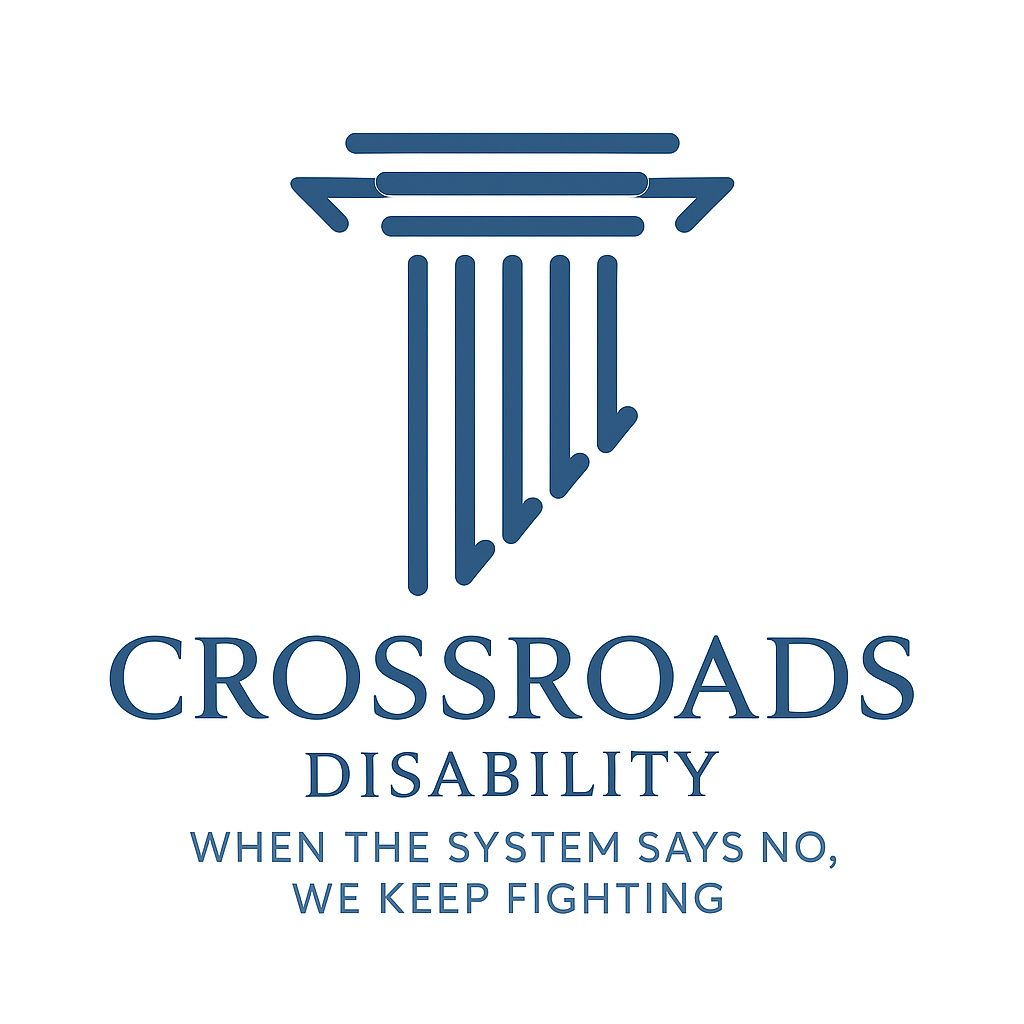Social Security Disability Grid Rules in 2025: How Age 50+ Can Help You Qualify
Social security favorable grid rules: are you 50 or over?

Introduction
If you're over 50 and struggling to work due to a medical condition, the Social Security Disability Insurance (SSDI) or Supplemental Security Income (SSI) process might feel overwhelming. But here’s a lesser-known truth: Social Security applies special “Grid Rules” that can actually make it easier to qualify once you turn 50 — and even more favorable once you hit 55 or 60.
In this 2025 guide, we’ll break down how these rules work, how age interacts with work experience and education, and how you can use the Grid Rules to boost your chances of being approved — especially if you hire an experienced disability lawyer.
What Are the Social Security Grid Rules?
The Medical-Vocational Guidelines, commonly called the “Grid Rules,” are used by the Social Security Administration (SSA) when a claimant doesn’t meet a Listing but still has limitations that prevent them from working.
Instead of just denying the claim, SSA looks at several factors together:
- Your age
- Your education level
- Your past work experience
- Your residual functional capacity (RFC) — what kind of work you can still do
SSA “plugs” your profile into a grid to determine if you’re disabled under their framework.
Why Age 50+ Is a Game Changer
Once you turn 50, the SSA assumes it’s harder for you to adjust to new work, especially if you’ve only done physically demanding jobs. This is where the Grid Rules really start to help.
Here’s a breakdown of how age impacts your case:
When applying for Social Security Disability Insurance (SSDI) or Supplemental Security Income (SSI), people aged 50 and older may benefit from special rules known as the "grid rules."
These rules recognize that older workers may have more difficulty adjusting to new types of work due to age, limited education, or past work experience. The Social Security Administration uses these grid rules to evaluate disability claims by considering a person’s age, education level, ability to perform previous work, and whether they have transferable skills.
For example, someone over 50 with a limited education, no transferable skills, and who is only capable of sedentary work may be found disabled under the grid rules—even if a younger person in the same situation would not qualify.
The rules become more favorable as a person gets older, especially at ages 55 and 60.
These guidelines make it easier for many applicants over 50 to get approved, even if they could technically do some type of work. Understanding how the grid rules apply can be key to a successful claim.
What Is “Residual Functional Capacity” (RFC)?
Your RFC is a doctor- or SSA-assessed rating of what physical and mental tasks you can still do, such as:
- Lifting limits (e.g., 10 lbs or 20 lbs)
- How long you can stand or sit
- Whether you can climb, kneel, stoop, etc.
- Mental tasks like memory, focus, social interaction
Your RFC determines if you can still perform:
- Sedentary work (mostly sitting)
- Light work (standing, walking, light lifting)
- Medium or heavy work (labor jobs)
The lower your RFC, the better your case under the Grid Rules — especially over 50.
Example: A 52-Year-Old with a Back Condition
Let’s say:
- You’re 52
- High school graduate
- Past work was warehouse labor (medium work)
- Now you can only do sedentary work due to chronic back pain
✅ Under the Grid Rules, the SSA may find you disabled — even if you could theoretically do a desk job — because you have no transferable skills and limited capacity to start a new career.
Education and Work Experience Also Matter
Social Security looks at:
- Did your past job teach you skills? (e.g., office skills are transferable, warehouse work usually isn’t)
- Did you graduate high school?
- Can you read and write in English?
Someone over 50 with a limited education and no transferable skills stands a strong chance of being approved under the Grid Rules, even if they can do some work.
What If You’re Over 50 But Denied Disability?
Many people over 50 are wrongfully denied SSDI or SSI because the SSA didn’t apply the Grid Rules properly — or the claimant didn’t present their limitations clearly.
That’s where hiring a disability attorney can make all the difference. We analyze your work history, build your medical record, and frame your claim around the exact Grid Rule that helps you win.
Special Tip: Use the Grid Rules on Appeal
Even if your initial application was denied, the Grid Rules can still be applied during reconsideration or a hearing. We often see ALJs (judges) approve cases at hearings using Grid Rule logic — but only when the case is clearly presented.
Bottom Line: Age Can Work in Your Favor
Social Security recognizes that older workers can’t always switch careers easily. In 2025, these Grid Rules are more important than ever as medical evidence, vocational assumptions, and AI-driven case review systems evolve. Let our legal team use every tool, rule, and advantage to get you the benefits you deserve.
Want to Know if the Grid Rules Help You?
If you’re over 50 and can’t work full-time due to a medical condition, you may already qualify under these favorable SSA rules — especially with the right guidance.
👉
Click the button below for a FREE disability case evaluation.
We’ll tell you if the Grid Rules apply to you — and fight to get your benefits approved.










